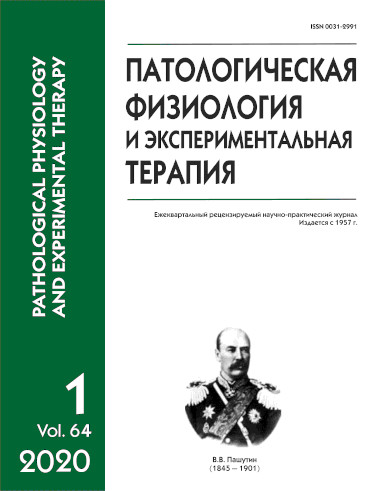The effect of intermittent normobaric hypoxia on functional reserves of rats in a free locomotion and anti-orthostatic hypokinesia
Abstract
Introduction. Restoring the physical condition of cosmonauts following a prolonged spaceflight requires new methods for improvement of resistance to extreme factors and recovery during the rehabilitation period. A promising approach to enhancing the general, nonspecific resistance to adverse environmental factors is hypoxic training. However, information about the use of hypoxia effects on the scene of a space flight to neutralize adverse effects of weightlessness is absent. Aim. To study the effect of intermittent normobaric hypoxia (INH) on cardiorespiratory parameters and reserve capacity of rats in free locomotion and in head-down tilt of -30°(HDT-30°), a model of spaceflight. Methods. Experiments were performed on 48 Wistar rats weighing 280300 g. For 7 days the animals were 1) in free locomotion with INH daily for 5-hours (12% O2); 2) in HDT-30o under normoxia following prior INH; 3) in HDT-30° under normoxia; 4) in HDT-30° in combination with INH. Cardiorespiratory parameters were recorded by pneumotachography, electrocardiography and pulse oximetry. Exercise tolerance was evaluated using the forced swimming test (Porsolt). Results. The effect of INH in increasing the cardiorespiratory functional reserve after long-term simulated microgravity is achieved only with prior adaptation (preconditioning) to INH in free locomotion. Conclusions. Intermittent normobaric hypoxia used in simulated microgravity leads to impairment of the functional state and decreases physical endurance of rats.






